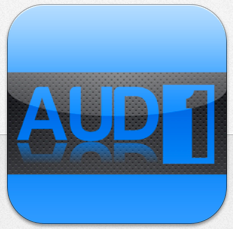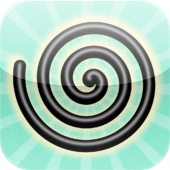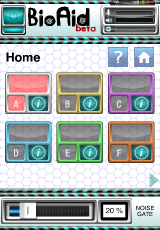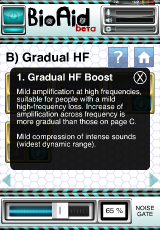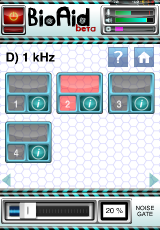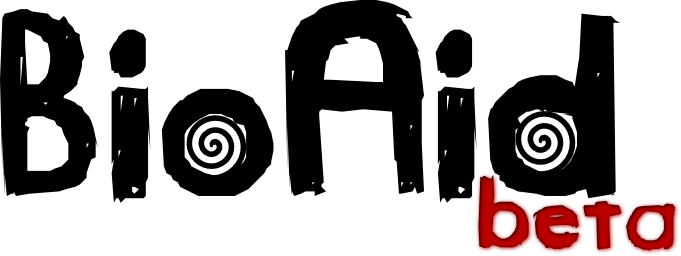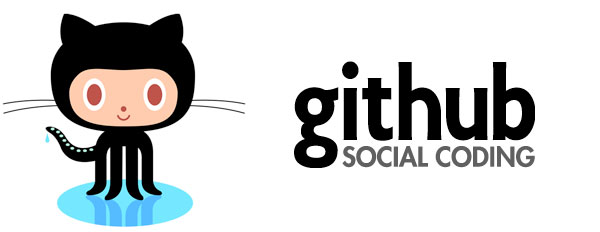Seven Reasons to attend our Acoustic Neuroma San Diego Support Group:
1) Find out you're not crazy: In many cases, your physician may never have heard of the symptoms you're complaining about. Frequently, the surgery team does little follow-up with their patients. You will be passed on to your regular physician, somebody that knows little about AN's. For example, my physician asked me recently about my AN and I told him SSD was a huge problem. We were sitting knees to knees in a small examination room and my physician has a huge voice. He asked, "Can you hear me?" I replied that I could and he told me I had nothing to worry about.
2)
Reassure others that you're not crazy: If we don't have facial paralysis, most of us have a silent illness - one that doesn't show or display anything to the outside world. All of our
boo-boo's are inside. If you have relatives or friends who are "doubtful" about your suffering, bring them along to a meeting. There you'll find others who....
- Say "what?" a million times a day
- Are exhausted at 3 o'clock in the afternoon
- Complain about balloon head, or wonky head
- Stagger around parking lots
- Choose restaurants, not on service nor on the food, but on the ACOUSTICS!
3)
Your caregiver(s) get a chance to talk to each other. They play "second banana" all
the time to you and your illness, but they are critically important. While we all appreciate
them, who have they got to vent to? At meetings, they can converse with an understanding ear.
4)
Information about physicians, treatments, audiologists etc. is often shared.
5)
You can find others in a particular sub-group of people...i.e. young people under
30; people with BAHA implants; people over 70; musicians. We have one small
group who all had surgery around the same time and meet for lunches and compare notes
on their progress.
6)
People share tips about hearing devices; coping in stores, seating in restaurants,
dealing with people who think you're drunk; explaining your illness to children etc.,
etc.
7)
You can help others! Giving away what you've got that's helpful is very therapeutic. If
you want to help with the group, let me know. You can open and fold chairs, hand out
nametags, help with the sign-in sheet. If you have ideas about speakers, or locations for
meetings, or for general improvements, let us know.
Next Meeting: Saturday, June 11th. 1:00 - 4:00 Mission Valley Library, San Diego.
RSVP: Helen McHargue at Foodsmarts@gmail.com or 760-728-0309

